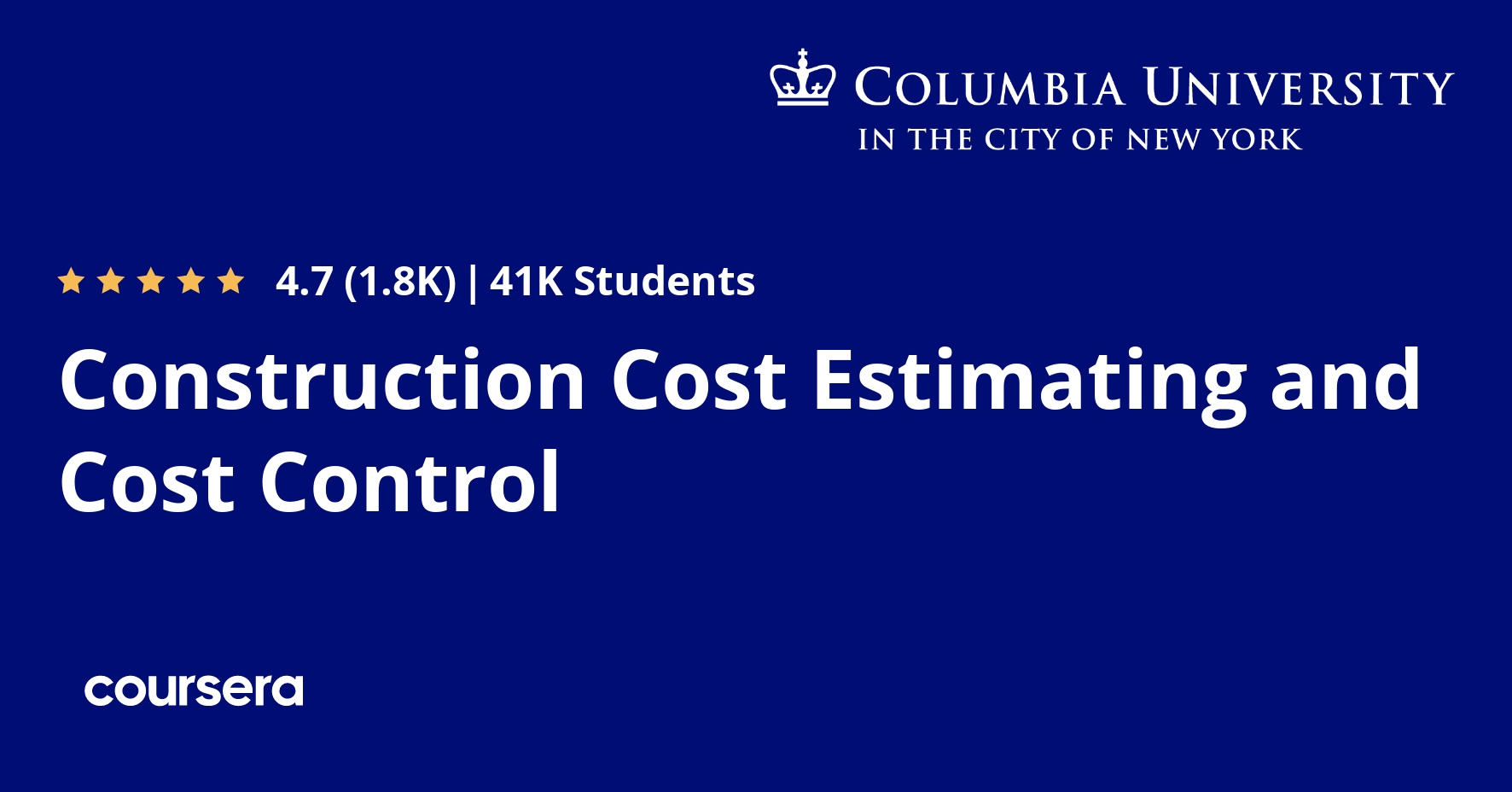Description
This course introduces students to strategies for style writing of common practice European art music. The issues of harmonic progression, voice leading, and texture are addressed in addition to relevant compositional concepts like repetition, variation, and elaboration. The course aims to offer a creative space even within the restrictions of stylistic emulation.
What you will learn
Module One
In this first week, we set the foundation for more advanced things to come. We talk about voicing of chords, voice leading of root position chords, and texture types. This first week might be review for some of you. If that’s the case, the videos are still worth watching, I think, because they give a grounding for the thinking behind the music we will explore over these next 6 weeks. (You can always watch the videos at 1.5x or even 2.0x speed, but don’t tell the instructor I told you that.) Even something as basic as voicing a chord involves issues of style, and approaches to these issues really give us a better understanding of the perspective of the composers making this music. Please note that there are two assignments for the week. There is a quiz designed to help you review the week’s concepts. I would recommend taking it before you do the other assessment this week, which is a self-assessed chorale writing assignment. I use self-assessed assignments in this course as a way to deal with the limits of online learning. Ideally, I would look at all assignments and give feedback. When a class like this is taught at university, it is generally in groups of 20-30 students so students can get personalized feedback. However, that’s clearly not possible online. I’ve tried to design these self-assessed assignments so that the videos really prepare you for the them and it is essentially practice of what we learn in the videos. This is easier in the beginning of the course than towards the end. As the topics become more complex, options multiply and hence correct solutions multiply and solution sheets become less helpful. For those who really do want to get weekly feedback, I encourage you to organize study groups via the forums to share your results and give each other feedback. Student-to-student teaching can be very valuable for learning, especially online. Please do not post your solution on the forum though because it’s not permitted. Use the forum just to organize your groups.
Module Two
In this module, we expand out harmonic palette by introducing commonly found inversions of the chords used in our basic progressions. We also look at keyboard voicing. The voicing rules used for SATB are generally followed in instrumental music, but they aren’t appropriate for all textures and instrumentations. Keyboard voicing is an approach to voicing homorhythmic, homophonic harmony for keyboard. But once one knows how to do keyboard voicing, one can apply patterns to the two hands and create accompaniment parts relatively easily. We’ll even look at creating a somewhat complex arpeggiated passage similar to a texture used in one of Schubert’s Impromptus. You will see how homorhythmic texture can be a skeleton for creating other texture types. A note about the assignments: we have 2 writing assignments. Please do them in order. Assignment 2 uses the solution from Assignment 1. So, try not to look at Assignment 2 before you’ve completed Assignment 1. There is also a quiz.
Module Three
In this module, we look at a few commonly found sequential progressions. We will do some analysis of excerpts from Mozart and Beethoven that demonstrate the use of these types of progressions. I will also show you how to apply patterns to these progressions to make 3-voice polyphonic passages. We will also look at what I call the circle of fifths progression. The term can cause some confusion, so I want to quickly address that here. We are probably all familiar with the circle of fifths since it is commonly used to teach keys and key signatures. If we descend or ascend in a series of perfect fifths, we cycle through all of the 12 keys. Starting at C, ascending gives us keys with sharps, descending gives us keys with flats. When we ascend/descend by a perfect fifth for a 13th time, we end up back where we started. The circle of fifths progression, however, does not use perfect fifths exclusively. In many instances, it simply can’t because doing so forces a key change, and this is frequently not desired by the composer. So, sometimes the perfect fifth is adjusted to a diminished 5th to keep the progression in the same key. You could look at the circle of fifths progression we examine this week as a diatonic version of the original circle of fifths concept. With it, we cycle through not all 12 keys, but all 7 chords of the key. Some of you may know this progression simply as the circle progression. There is one self-assessed assignment.
Module Four
In this module, we look at the idea of chord substitution. All of the substitutions we will learn about this week are diatonic, that is, the substituting chord is within the key of the passage. Melodic writing is also introduced, and in the 3 parts of Lesson 7, I walk through creating an entire passage of music from a very simple 2 voice outline. Along the way, I try to articulate the things that one thinks about when creating and working with a melody within a phrase. We will also look at the kinds of harmonic progressions that take place at the end of a phrase. These are called cadences, and they are crucial for the experience of form in common practice music. With cadences introduced, we will be able to take a look at one of the simplest forms found – the period form. With the concepts and techniques learned in this module, you will be able to take a short 4-8 bar passage and generate a small composition from it. In fact, the assignment for the week is to take a sketch of a 5-bar phrase and turn it into a 10-15 bar simple composition that uses a parallel period form. The description of the assignment should tip you off to the fact that the “solution” is just one possibility. Previously, there were always more solutions that the one given, but not many more. This week is different. There will be a bunch of solutions, but I do feel that the solution given is a good implementation of the things learned in the week’s lectures. I would suggest, then, to use your study groups (or to form study groups) to share some of your solutions since they will differ in some ways from the given one. It would also be good preparation for the final project, where you will give such feedback when assessing your peers. I want to also note that while your solution might differ in details from mine, the more general aspects – structure, cadence types and locations, for instance – should not. I want to remind everyone that all of these different ways of engaging with the assignment – completing it, checking it against the solution, getting feedback from others, and giving feedback – are part of the learning process.






